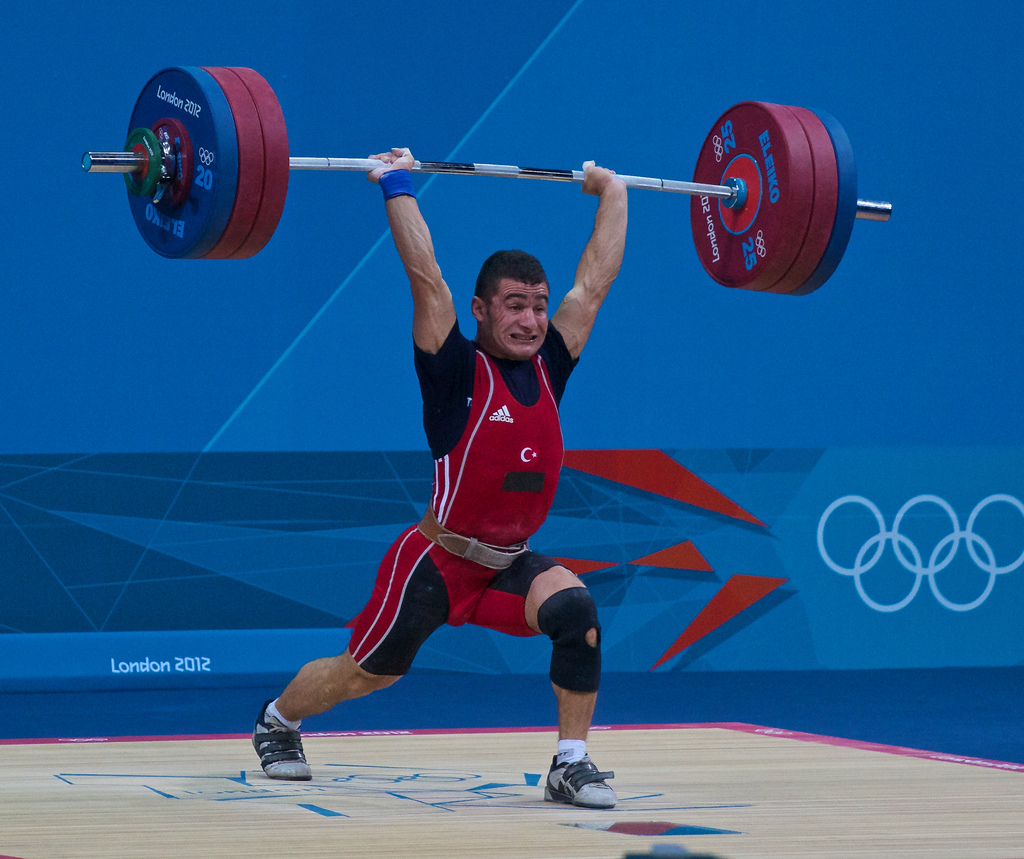What to Know About Power Lifting
In a series of articles that will be written on this website, I want to describe the purpose, applications and benefits of different types of training. It is commonly understood that some people train for endurance, while others train for strength; furthermore, bodybuilders have a different type of lifting pattern that promotes hypertrophy (muscular growth). Unfortunately, most people don’t understand the differences between these exercise routines.
I want to begin today by talking about power lifting. It is an often misunderstood topic but has been gaining attention because of the influx of crossfit programs that push Olympic-based lifts (clean and jerk, snatch, push press, etc).
By definition, power equals force times velocity (P= FV). This directly applies to lifting because the force is the muscular contraction necessary to move the weight, and the velocity relates to how quickly the weight is moving. That is why you commonly hear the word “explosive” linked to power lifting. For this reason, the “power clean” is a completely different lift than a “reverse curl”; however, both exercises share a similar path of movement. The main difference is the velocity that is applied to the bar via the hip drive. In isolated lifts, there is no hip drive because you want to use muscles independently.
Power lifting has great applications for sports performance because you can harness and utilize your strength that has been developed through isolated lifts. Some practical exercises for power include med ball slams, med ball passes, push press, as well as any plyometric movement. But power isn’t only necessary for the athletic population. Adults need to maintain power as they age.
As stated earlier, power applies to force production and velocity. Linking these two factors leads to a more synergistic contraction of muscles. Power lifting will increase movement economy and allow someone to reach new heights in their relative sport. When used correctly, power training will help you to run faster, jump higher, and throw farther; kinda like the P.F. Flyers from Sandlot!
In regards to a rep scheme, power lifting should be completed 3-5 days a week. The specific intensity and volume are determined by your goal. If you are training to learn a movement, you would lift 50-65% of your max for 8-12 reps. If you are proficient in a movement and want to increase your power output (up your max), you can train upwards of 75-90% of your max for 3-6 reps. Either way rest intervals should lie between 30 and 120 seconds. There you have it, what to know about power lifting to help you with your fitness goals and to minimize injury.
This post was written by Josh Cantor who holds a Master’s in Exercise Physiology is an ACSM Health Fitness Specialist and is a Certified Personal Trainer.



